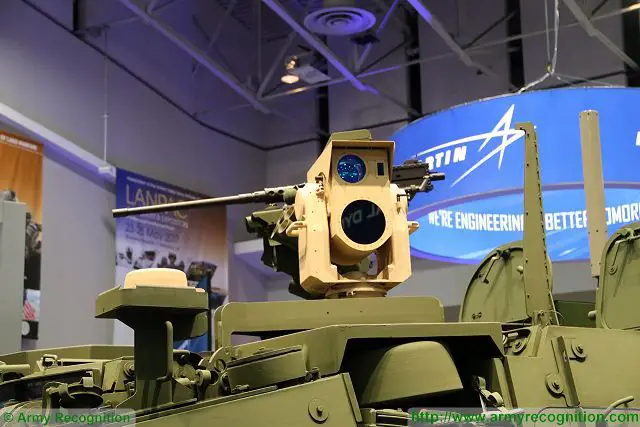Breaking news
U.S. Army demonstrates MEHEL 2.0 laser weapon integrated on Stryker 8x8 armoured vehicle 11803171.
|
|
|||
|
Defense & Security News - United States
|
|||
|
|
|||
|
U.S. Army demonstrates MEHEL 2.0 laser weapon integrated on Stryker 8x8 armoured vehicle.
|
|||
|
Members of the USASMDC/ARSTRAT Technical Center's Air and Missile Defense Directorate participated in the Joint Improvised-Threat Defeat Organization, or JIDO, UAS Hard-Kill Challenge at White Sands Missile Range, New Mexico, from Feb. 27 to March 3. During the challenge, the Mobile Expeditionary High Energy Laser 2.0, or MEHEL 2.0, demonstrated its counter-unmanned aircraft system, or C-UAS (Counter - Unmanned Aircraft System ), capability.
|
|||
|
|
|||
 MEHEL is a laser testbed on a Stryker armored fighting vehicle chassis and serves as a platform for research and development. MEHEL 2.0 is an improved version of the original MEHEL with a laser upgraded from 2kW to 5kW.
|
|||
|
|
|||
|
Th Stryker with MEHEL 2.0 was presented for the first time on General Dynamics Land Systems booth during the AUSA exhibition in Washington D.C. in October 2016 equipped with a 5kW beam director. MEHEL 2.0 also has a number of U.S. Army Aviation and Missile Research, Development, and Engineering Center counter-unmanned aircraft system mobile integrated capability components to increase the robustness of its capabilities. During the JIDO challenge, MEHEL engaged small, fixed-wing unmanned aerial vehicles and quad copters in the first integration of an Army laser weapon onto a combat vehicle.
|
|||
|
|
|||
 MEHEL 2.0 laser weapon system mounted on Stryker armoured vehicle
|
|||
|
|
|||
|
The U.S. Army develops and provides a comprehensive set of capabilities that enable current and future commanders at all echelons to detect, identify, and defeat threat UAS and enjoy strategic and tactical freedom of maneuver and action through all domains including the electromagnetic spectrum (EMS): home and abroad.
The C-UAS mission must be viewed as an inherently combined arms operation despite being seen as an Air Defense only problem; one which Army, joint, and multinational air defense forces must address unilaterally. While air defense forces play a key role in C-UAS, Army, joint and multinational air defense formations are insufficient in both quantity and capability to address the threat alone. The UAS threat requires a fully integrated combined arms approach. This strategy proposes a “defense-in depth” methodology, wherein UAS operations are aggressively addressed through three distinct tiers: left of-launch, standoff, and close contact. These tiers can be thought of as most preferential to least: ideally, UAS are defeated prior to launch, if not, then at standoff distances, then, if required, in close contact. Capabilities assigned to these tiers are not intended to be conclusive; rather, it is intended as a broad framework for providing defensein-depth. Each of these capabilities are an option available to a commander to defeat UAS. As with many other potential threats, the United States and her allies must attempt to control the proliferation of UAS technology to threat nations and non-state actors as the diplomatic and political environment allows. While the simplicity and low cost of UAS technology makes it far more difficult to control than, some levels of interference are possible. The Army must interface with these branches of government assigned to this task and support their efforts. |
|||
|
|
|||


























